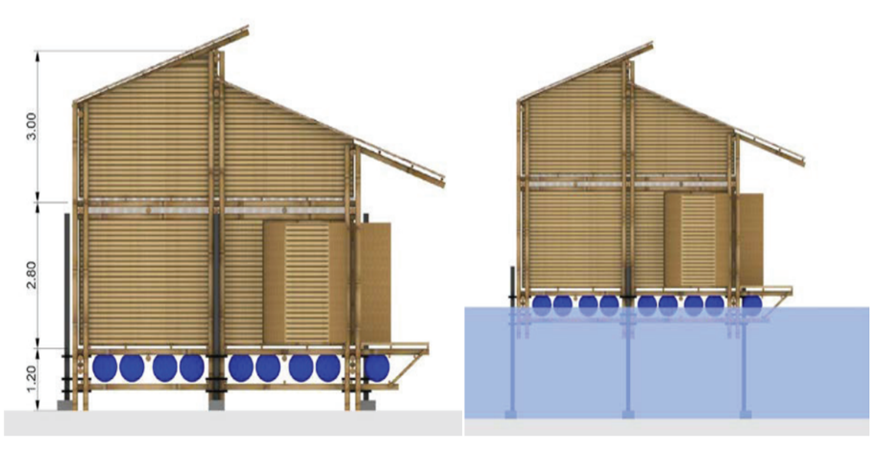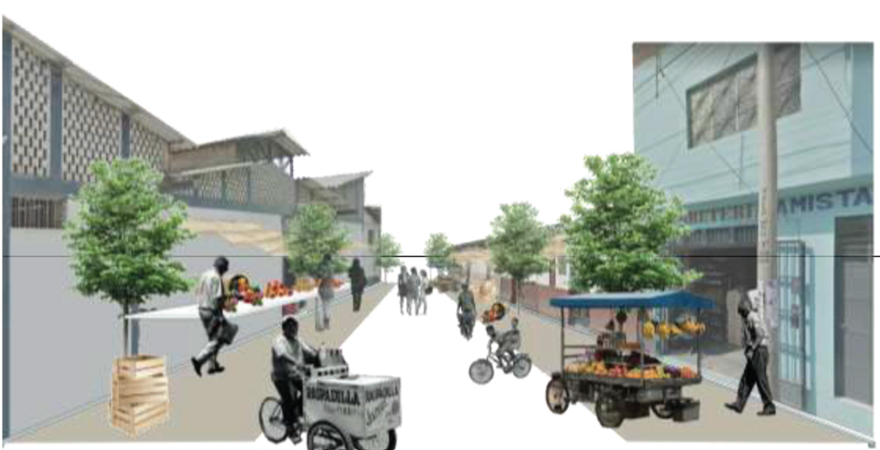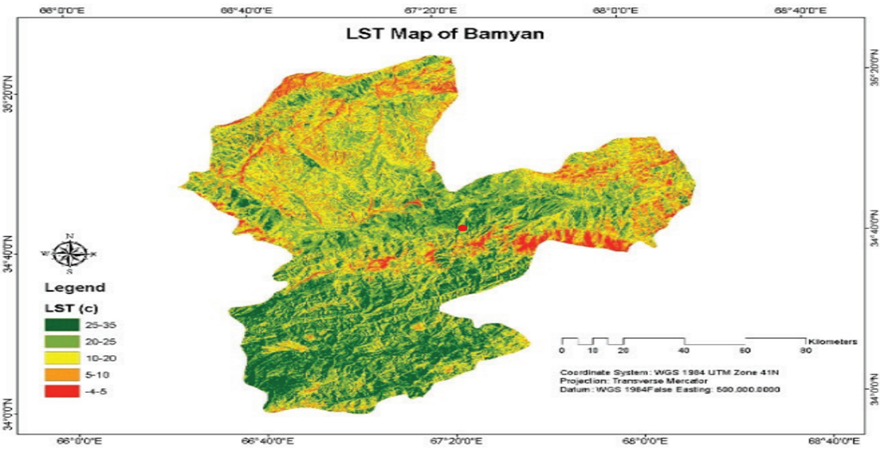- +91-11-4044-5999
- info@cdri.world
-
Copernicus Marg, New Delhi, INDIA
, nepal.png)
Managing landslides and road construction in Chure Hill Region (CHR), Nepal
Yogendra Subedi
Institute for Social and Environmental Transition (ISET), Nepal
Anustha Shrestha
Institute for Social and Environmental Transition (ISET), Nepal
Abstract: Landslides in hilly areas of Nepal is a natural process; however, these days, it is more rampant due to anthropogenic activities. This study attempts to investigate the problem, causes and consequences of frequent landslides in Nepal’s rural areas, where dozer-built motorable roads are being constructed rampantly without sufficient planning and heeding to fundamental rural road requirements. Though infrastructure development is a necessary requirement in rural areas where motorable roads are prioritized, the targeted populace is not reaping the expected advantages. These roads are not only causing landslides and threatening agricultural fields, but are also hurting ecological services. In such a context, building more roads without considering their resilience is exceedingly questionable. Managing landslides in the delicate Chure hill region, where landslides are common, requires a distinct approach. Understanding resilience (in the local context), Chure Hills’ vulnerability and local population’s development priorities are critical at this point. This study investigated all these factors and attempted to provide practical solutions to the country’s pressing problems. One of the adaption methods could be resilient planning by local stakeholders to prevent landslides, in which local indigenous knowledge is combined with current scientific understanding. Furthermore, national, provincial and municipal governments must collaborate on ground-level solutions, which may include suitable policies for landslide management. Another issue that must be thoroughly carried out as stipulated in IEE/EIA and DPR is effective monitoring of ongoing construction operations. Though finance appears to be a primary limitation for managing landslides at the local level, it is also a management issue and as a result the quality of operations suffers.
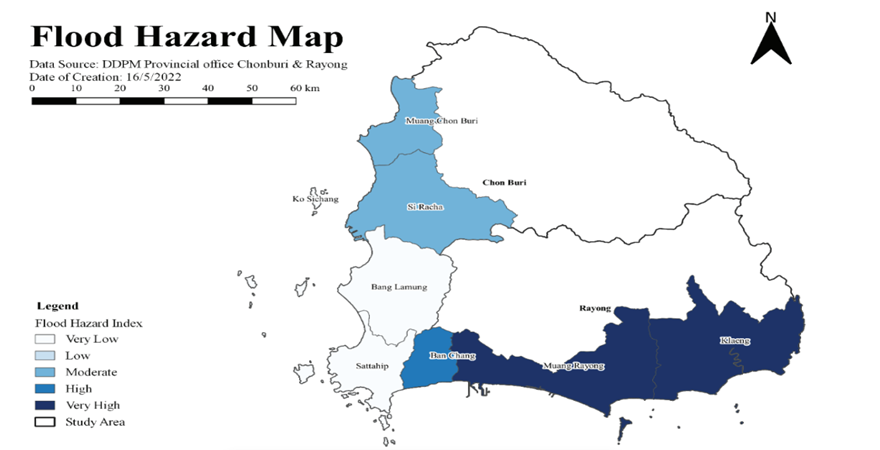

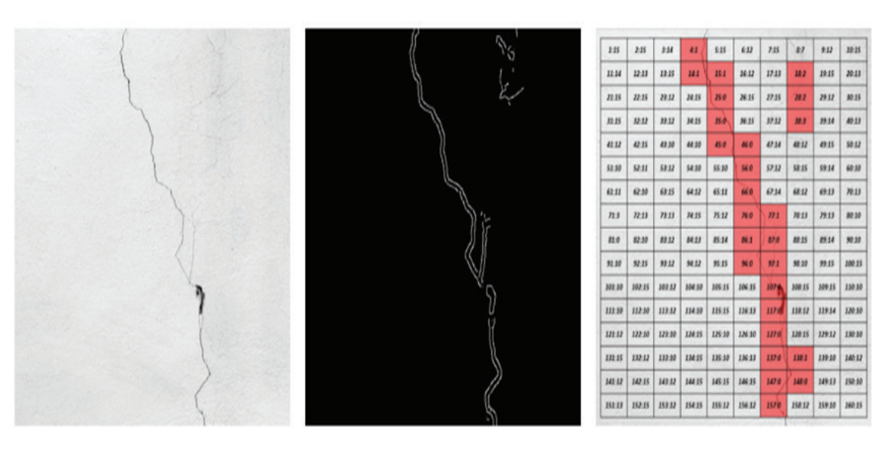
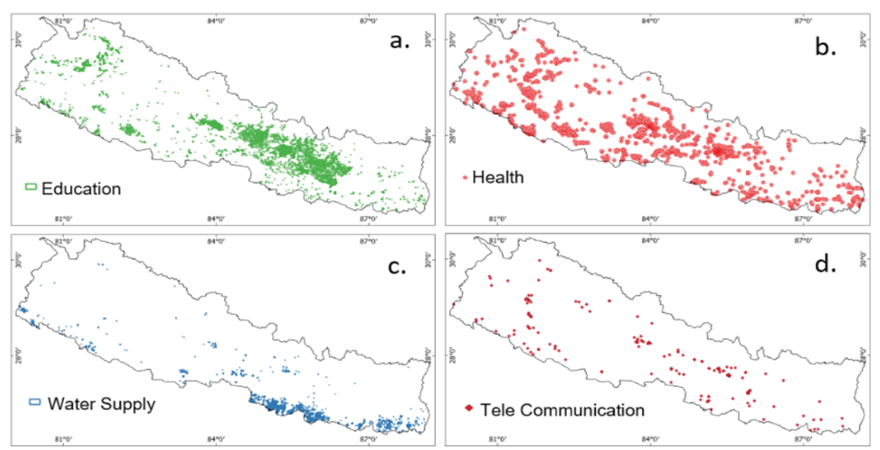

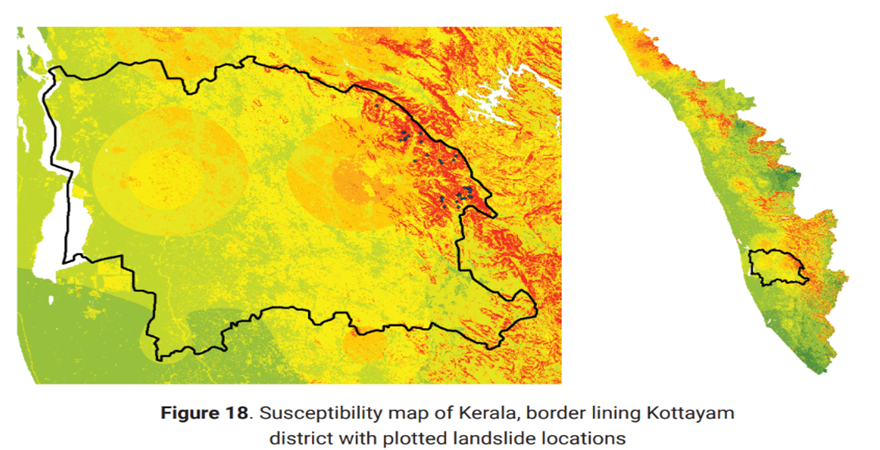
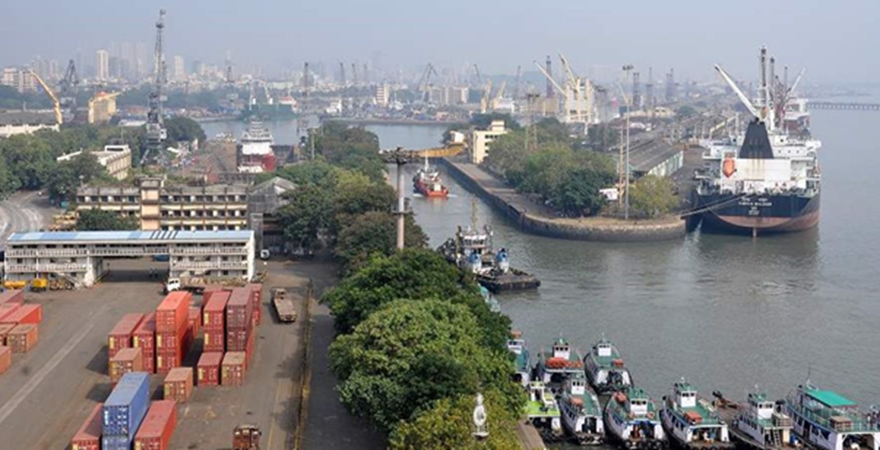
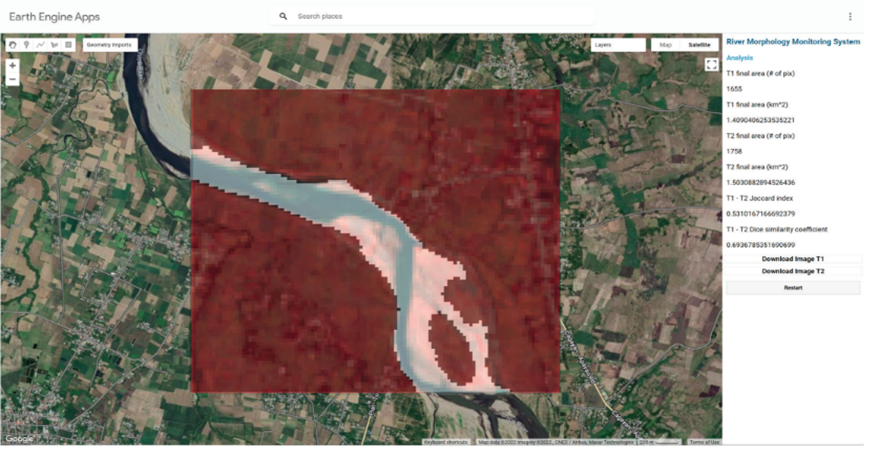
.png)
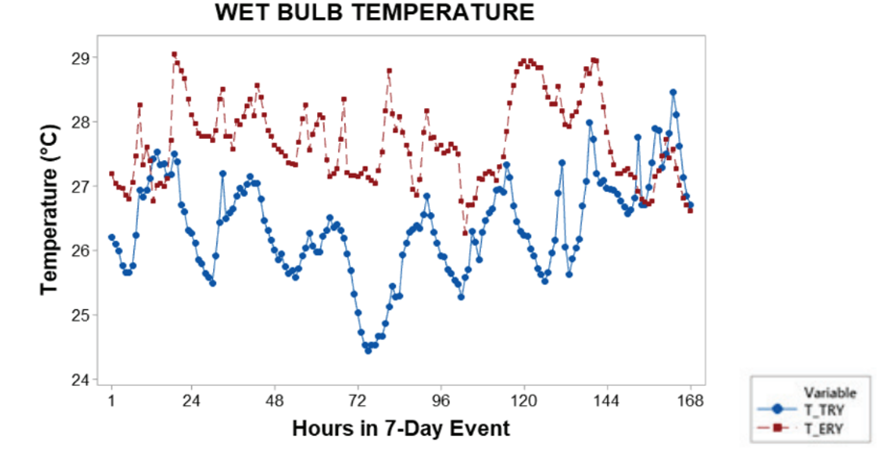
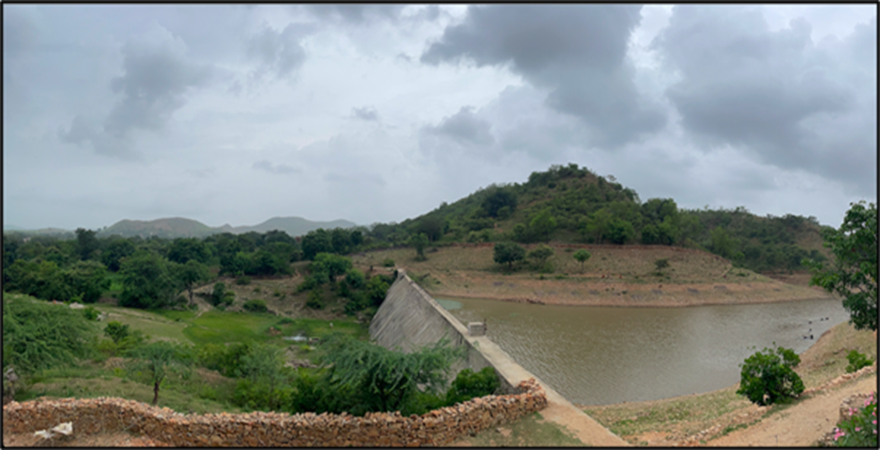
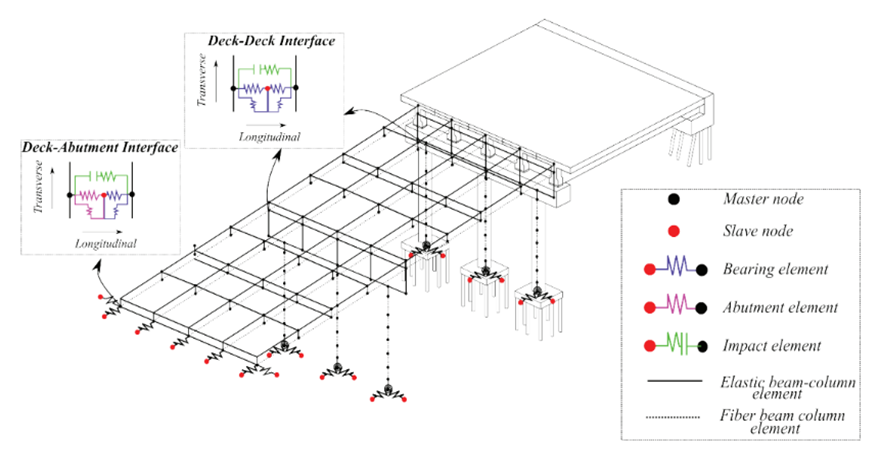
.png)

